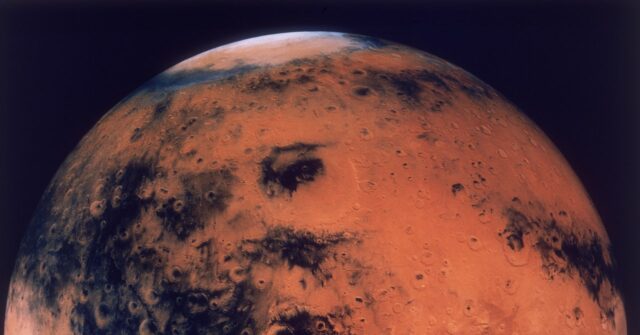The optimal fuel route for Mars involves arriving when the two planets are roughly on opposite sides of the sun. This launch window repeats every 18 months, and the journey time of nine months means any problems onboard will need to be fixed by the crew, with no rescue option. Faster routes can be achieved (roughly six months) but this then becomes very energy-intensive.
This is why the Lunar Gateway would come in handy, allowing astronauts to take off from the moon, away from the Earth’s immense gravity, and head to Mars from there. Of course the material for the gateway would need to be sent to the Lunar Gateway first. But by splitting the energy requirements up it means slower but more efficient propulsion methods can be used for part of the Mars journey.
There is no doubt that, with some work, SpaceX will be able to make a landing on Mars. But will they be able to safely take people there and get them back? As a company the idea of profit will be a strong factor, along with astronaut safety. We only have to look at some of the more recent Boeing problems (astronauts have been stuck on the International Space Station for seven months at time of writing) to see that private companies may want to slow down a bit when it comes to transporting people.
This is unlikely to happen though, with the considerable influence of Musk on the White House administration, and the suggestion of fellow billionaire Jared Isaacman (a private astronaut) as the new head of NASA.
Critical Decisions
So there are two options for NASA to choose from: Either keep going with its Artemis program and the Lunar Gateway, or aim for Mars and be primarily dependent on Musk.
Funding both options would likely mean that neither ever happens. Of course, the Mars mission would be easier if the gateway was already present at the moon.
The timelines involved here are important. SpaceX states that it will send five uncrewed Starships to Mars next year with an aim to send humans to Mars in 2028. This seems ambitious, particularly as it involves refueling in orbit, but if additional funds and material are put toward the project, it could potentially be sooner than this.
As the Lunar Gateway would be built at the earliest in 2027, then it’d be unlikely to be operational in 2028 anyway. So prioritizing Mars exploration over the Lunar Gateway may indeed get us to Mars quicker—but it will be risky.
If the US pulls out of plans to explore the moon, other nations can expand their presence in those areas more easily—with the potential to have an easier route to launch to Mars. These are likely to be on much longer timescales though, but if Musk fails to get humans to Mars in the next few years, these countries may have an edge.






